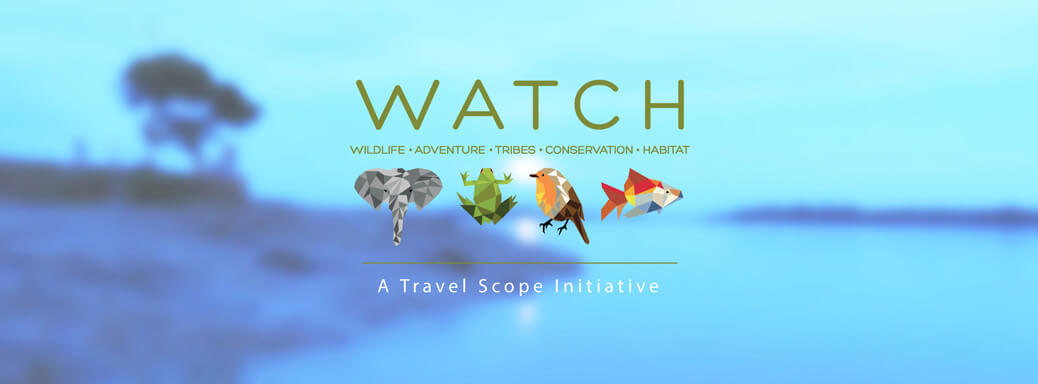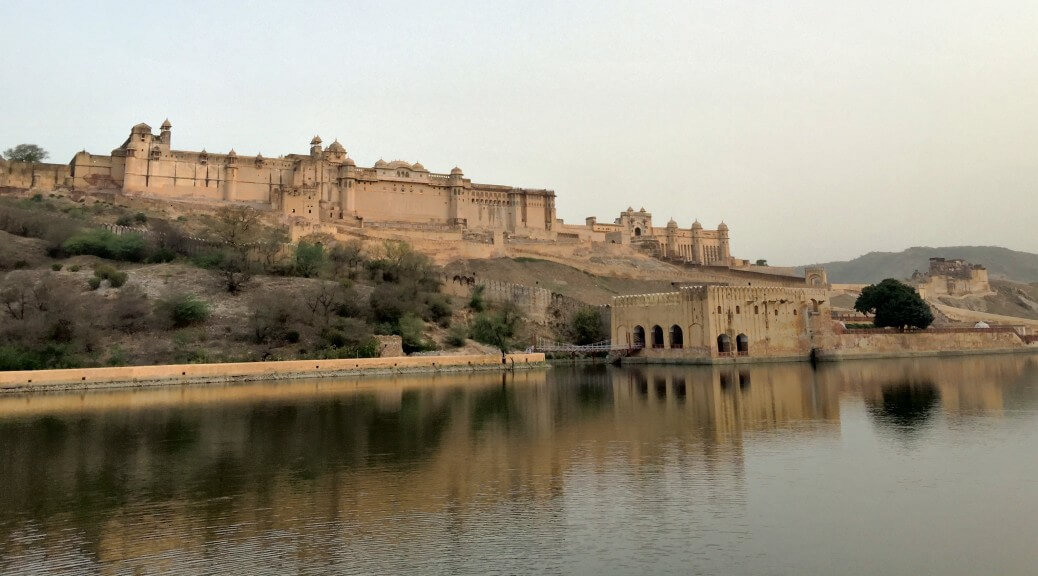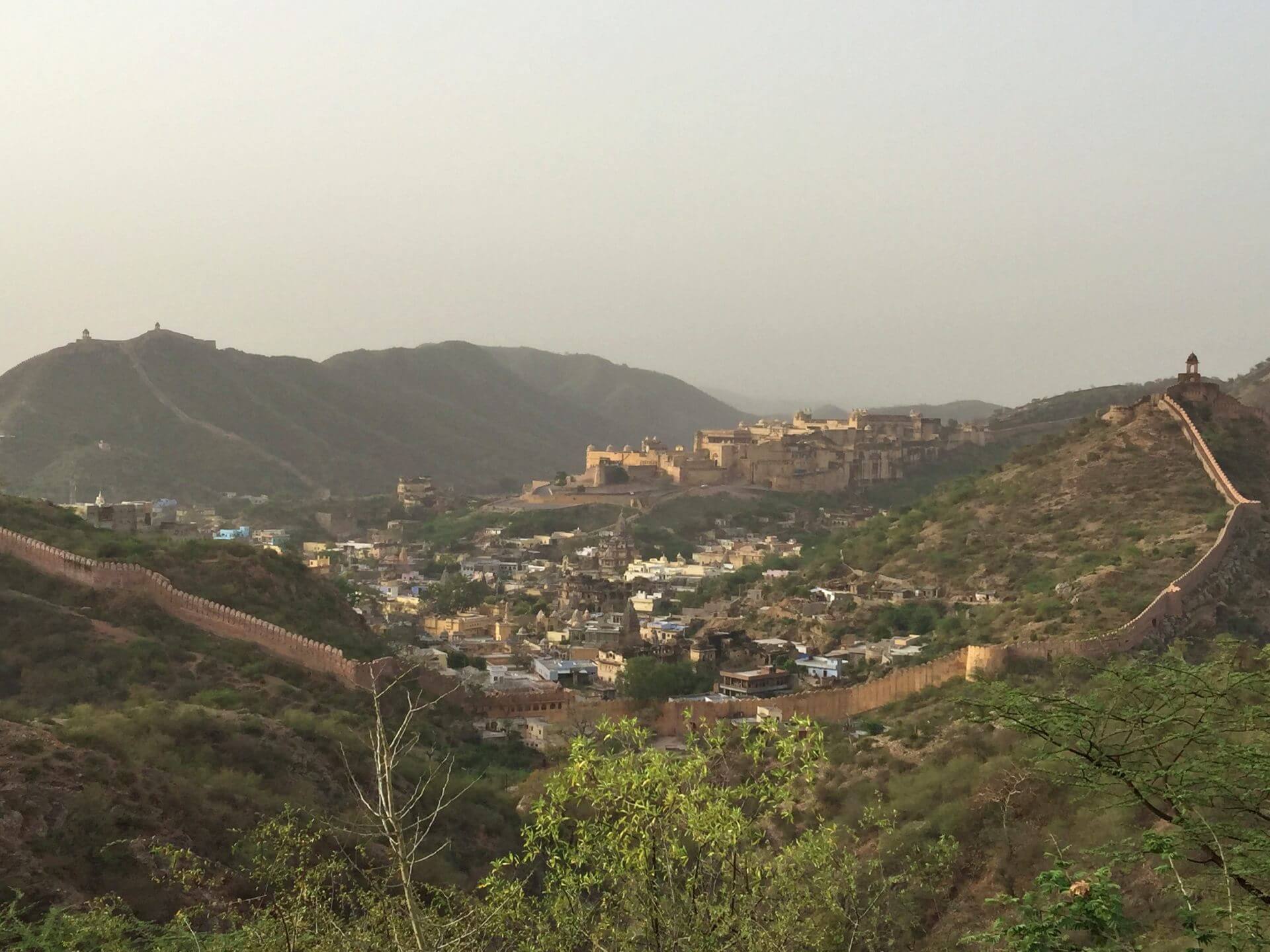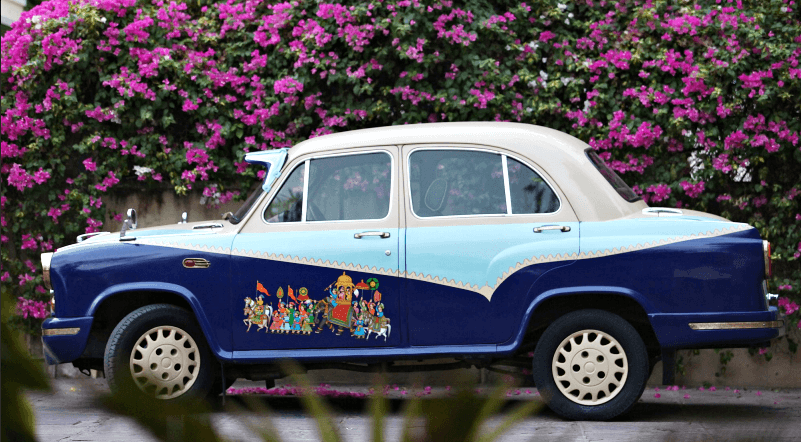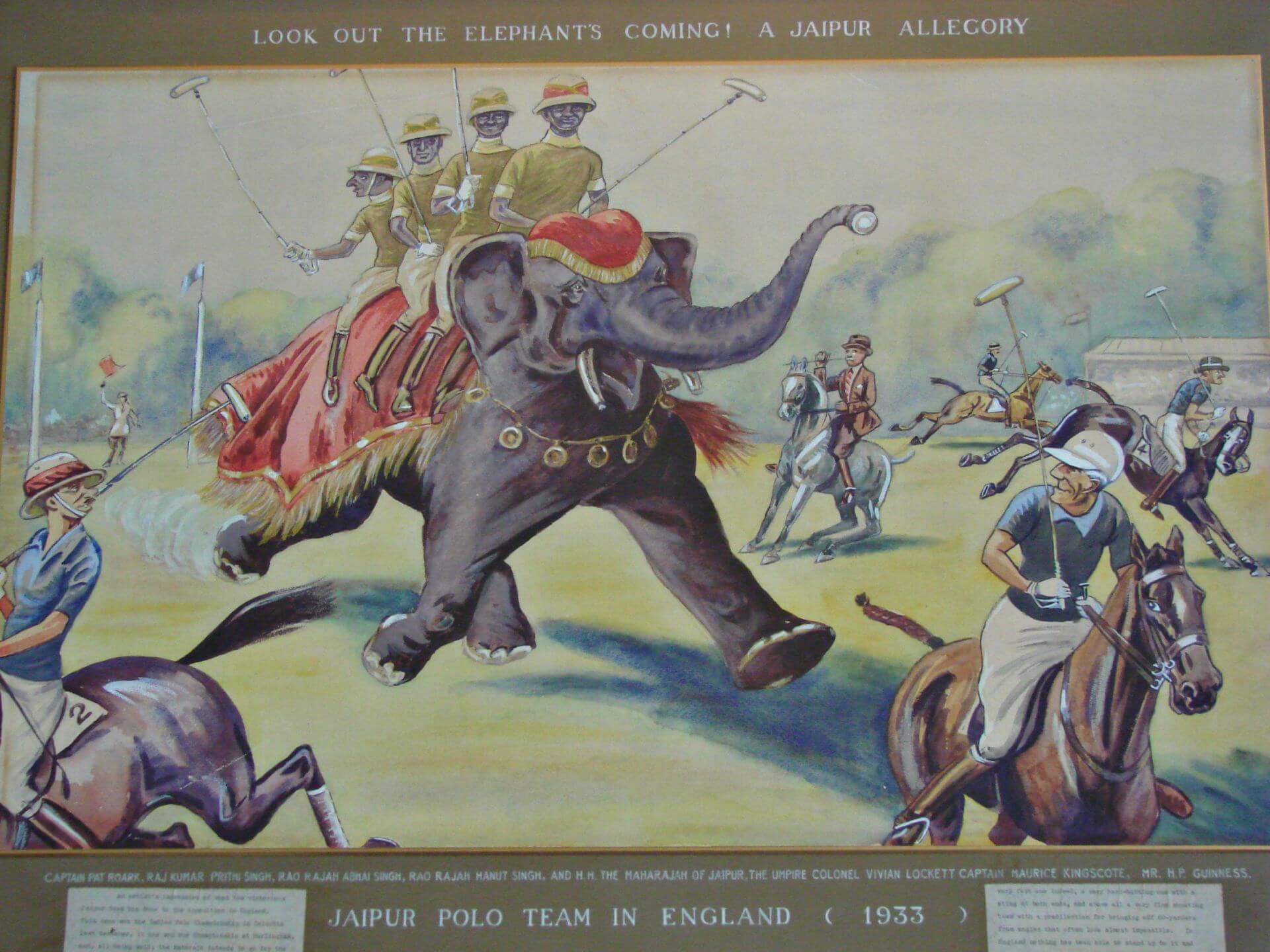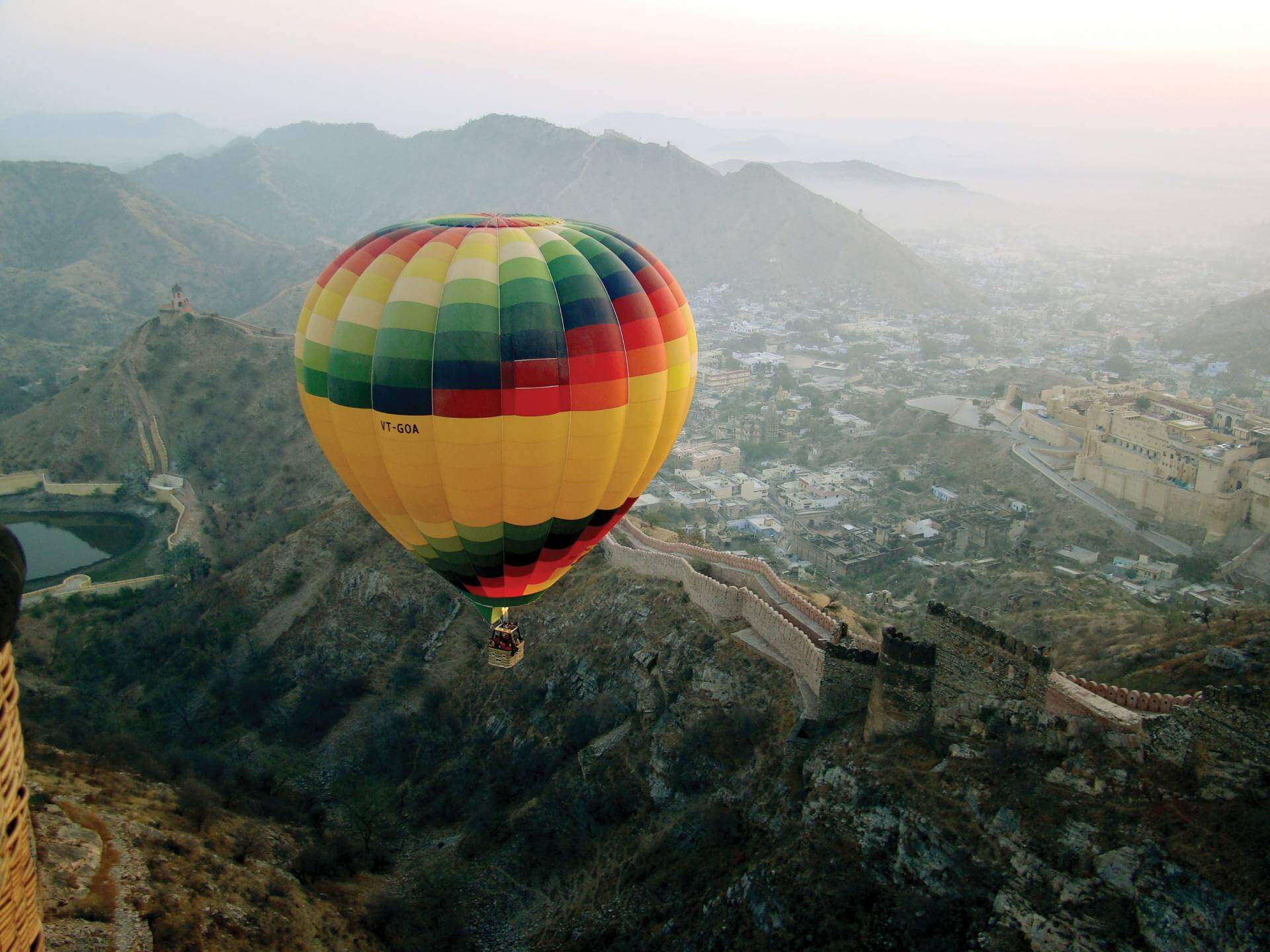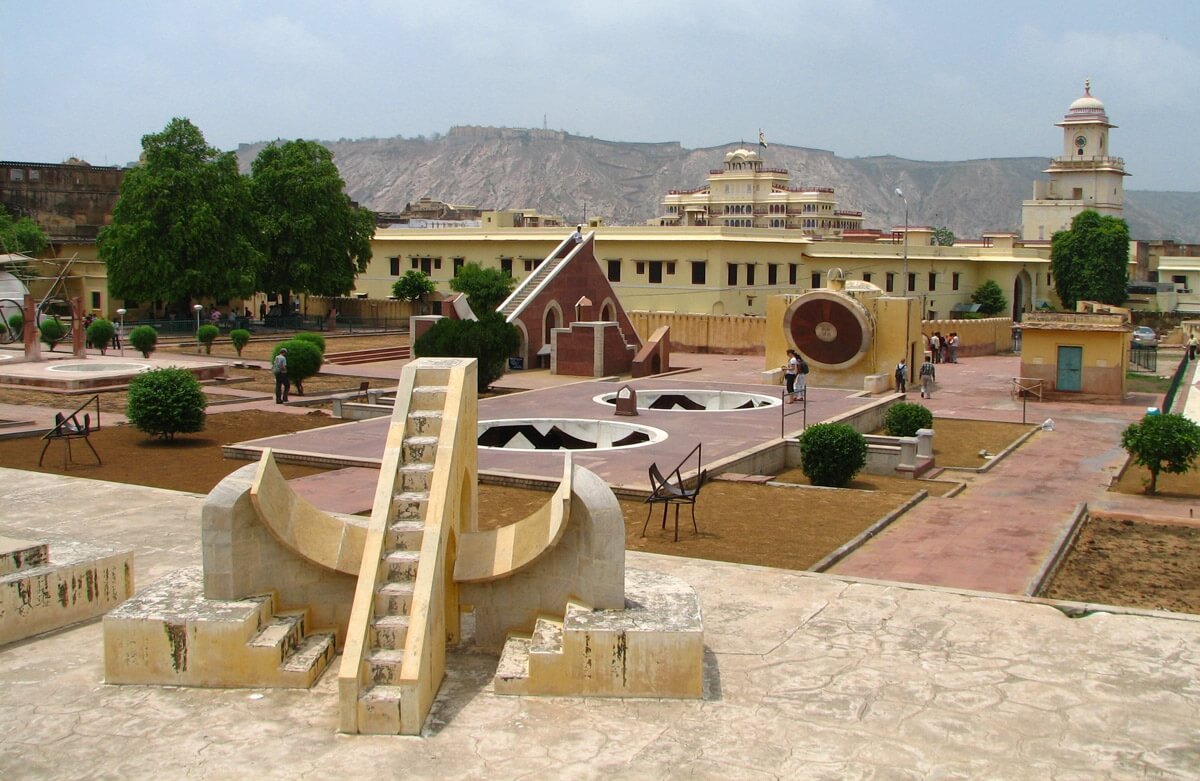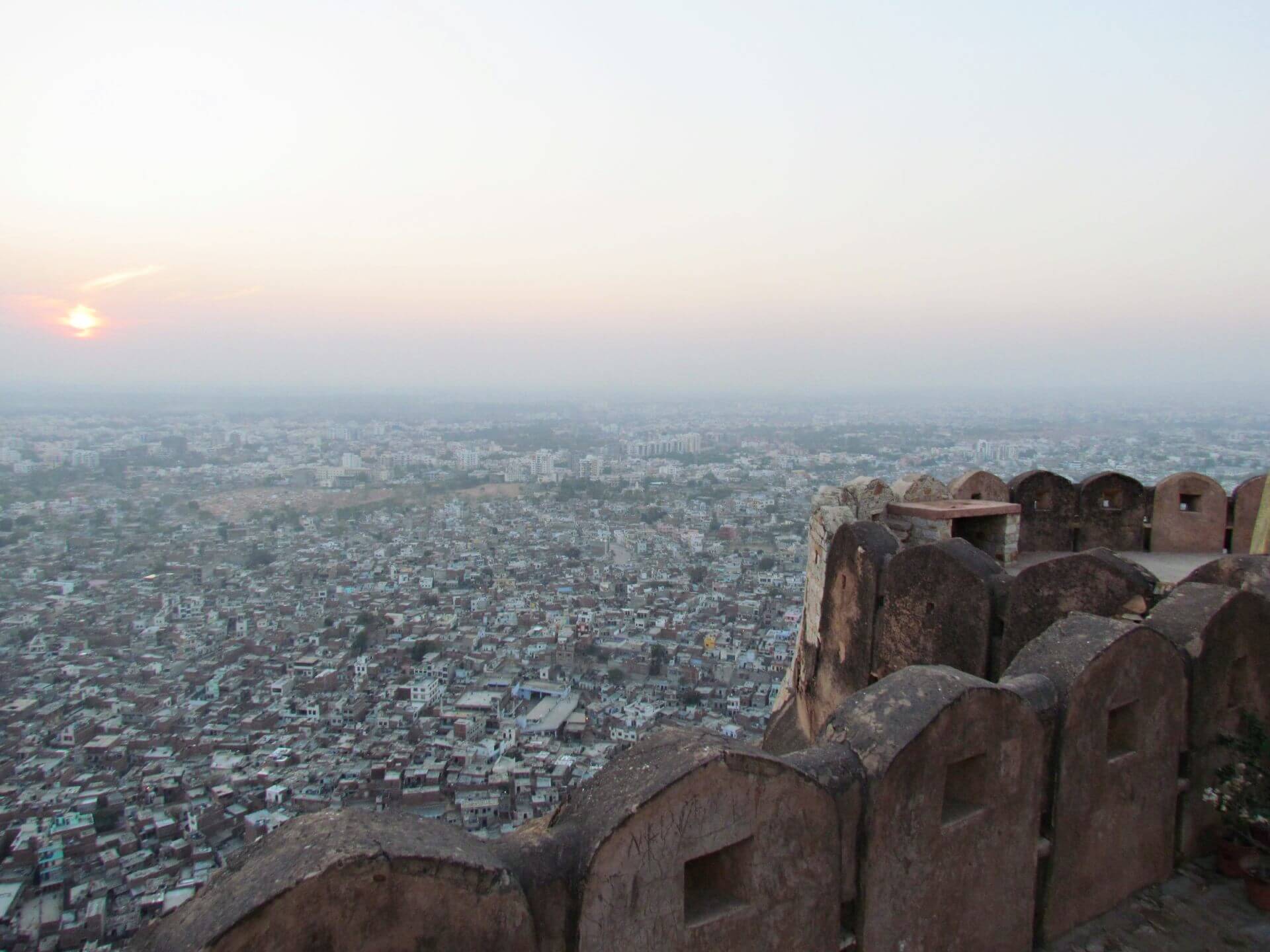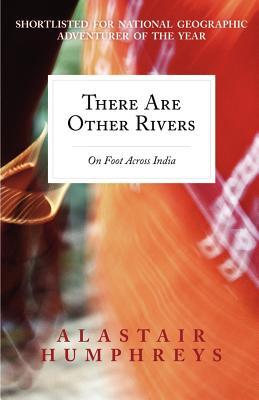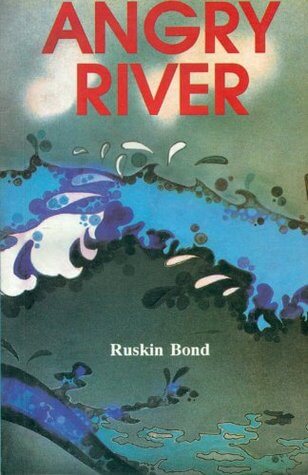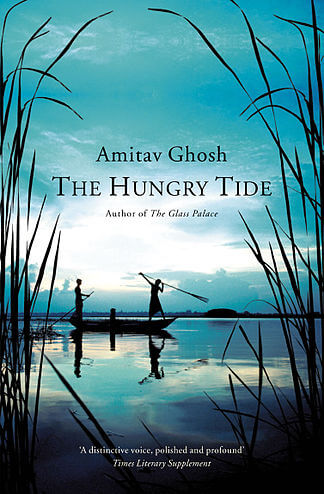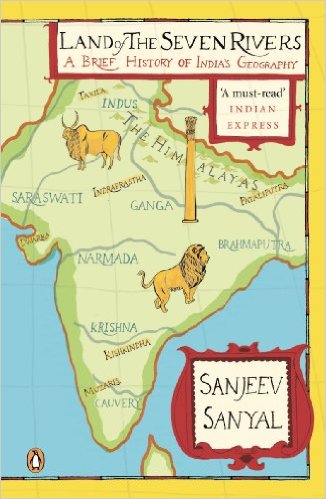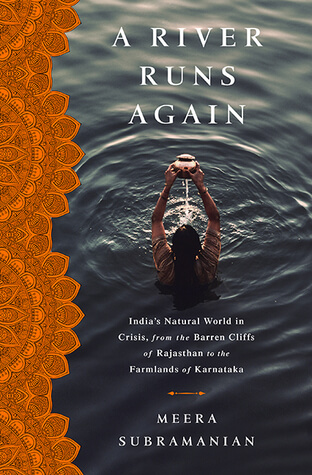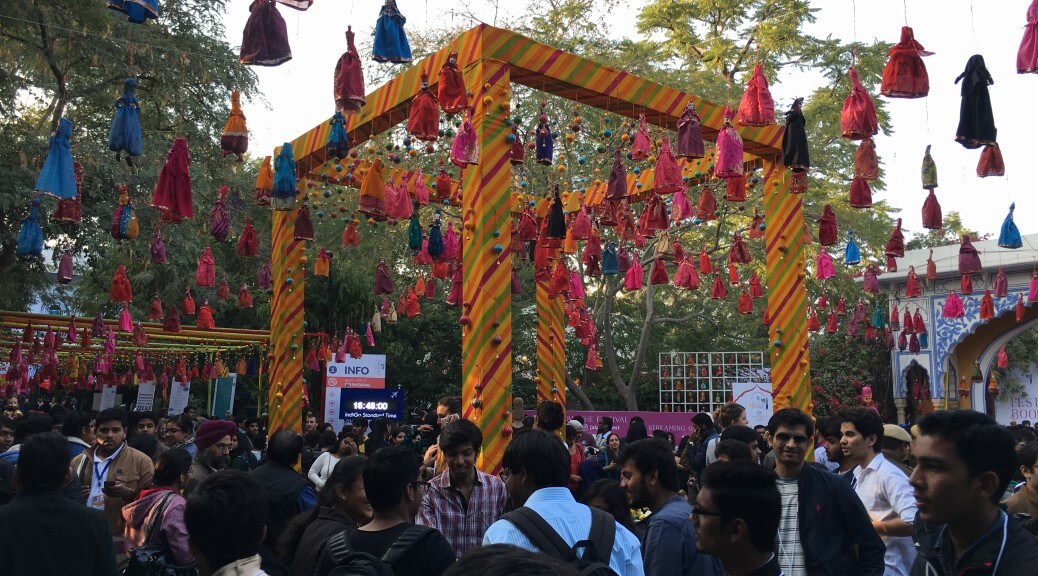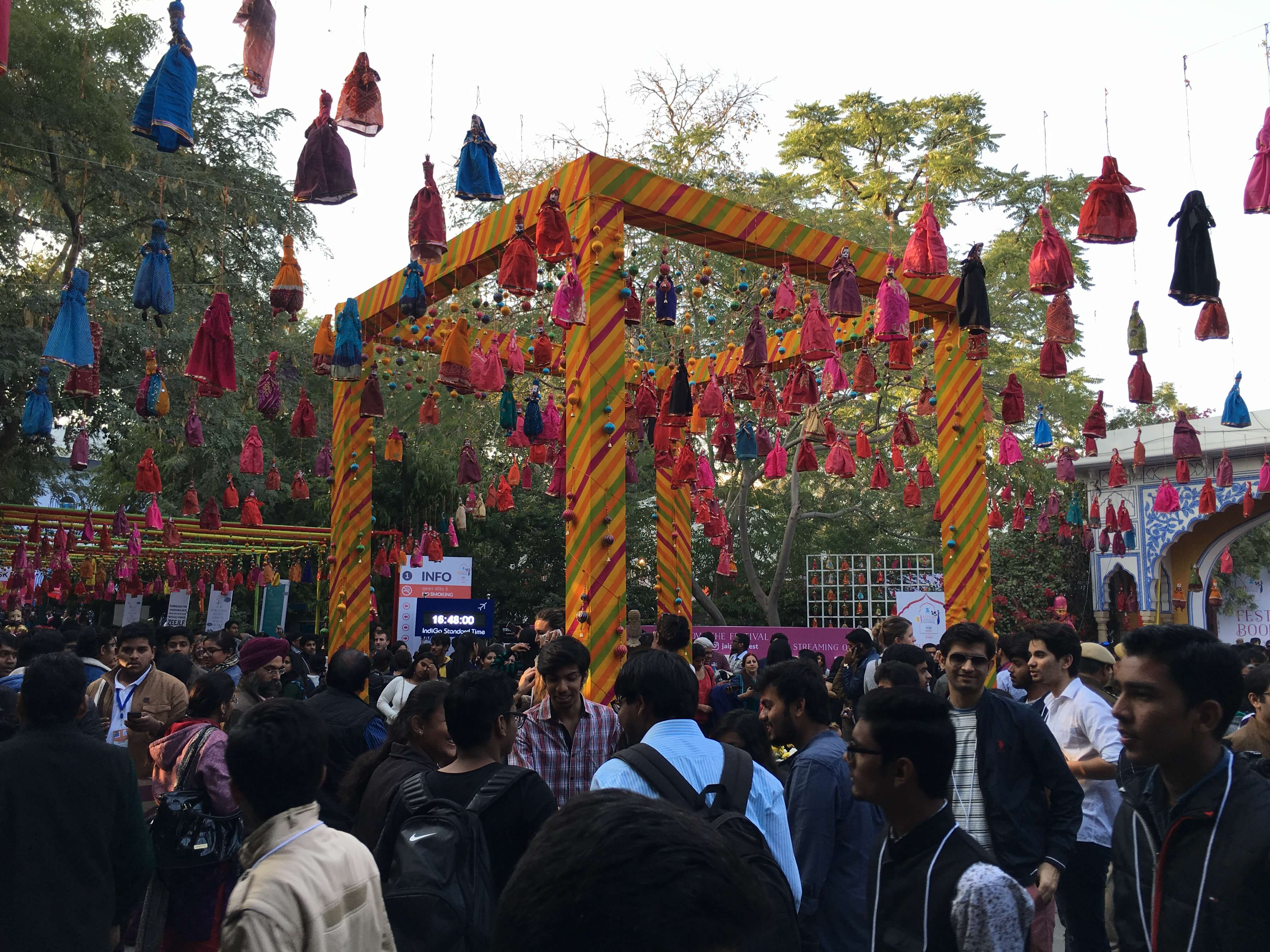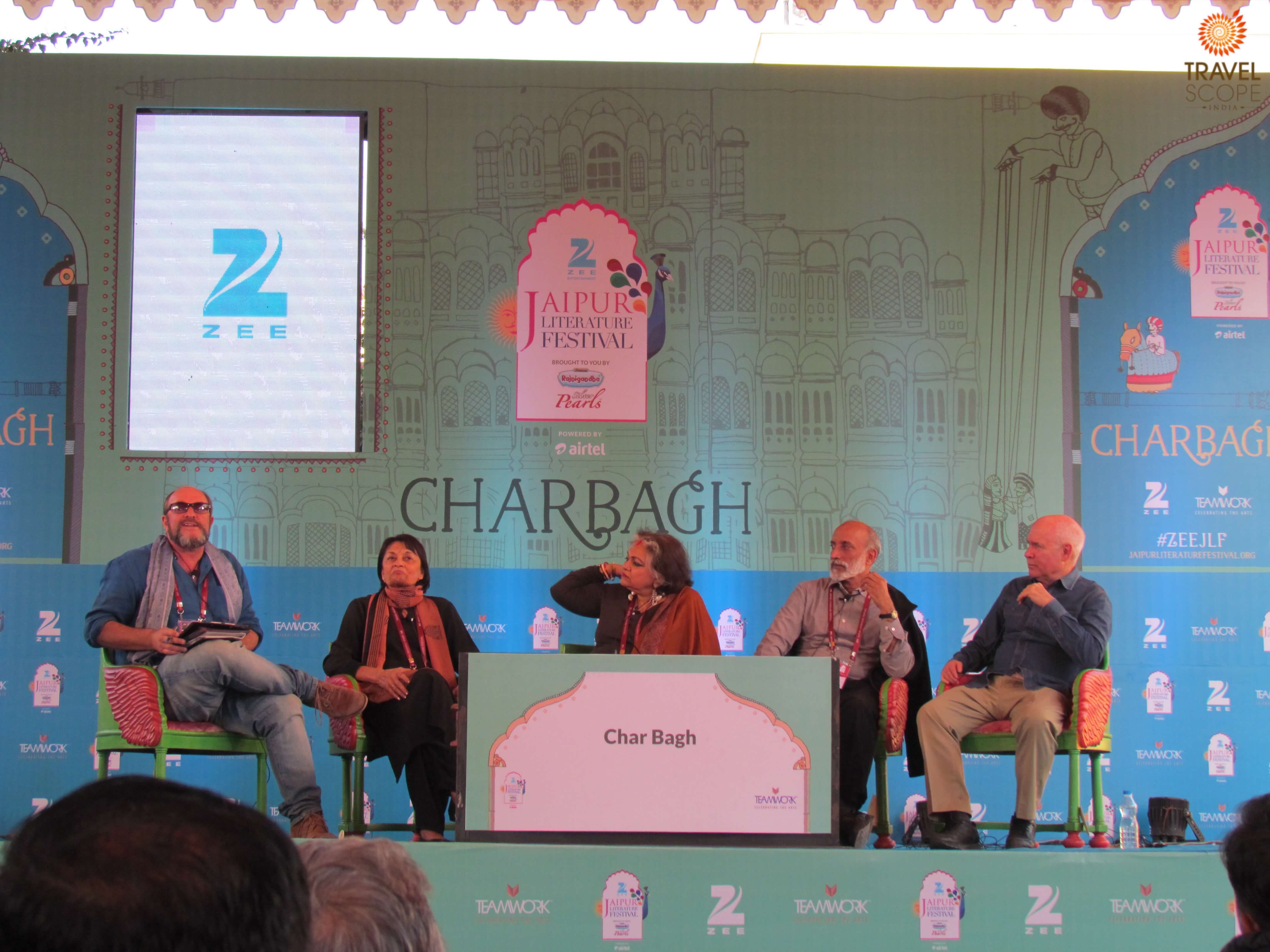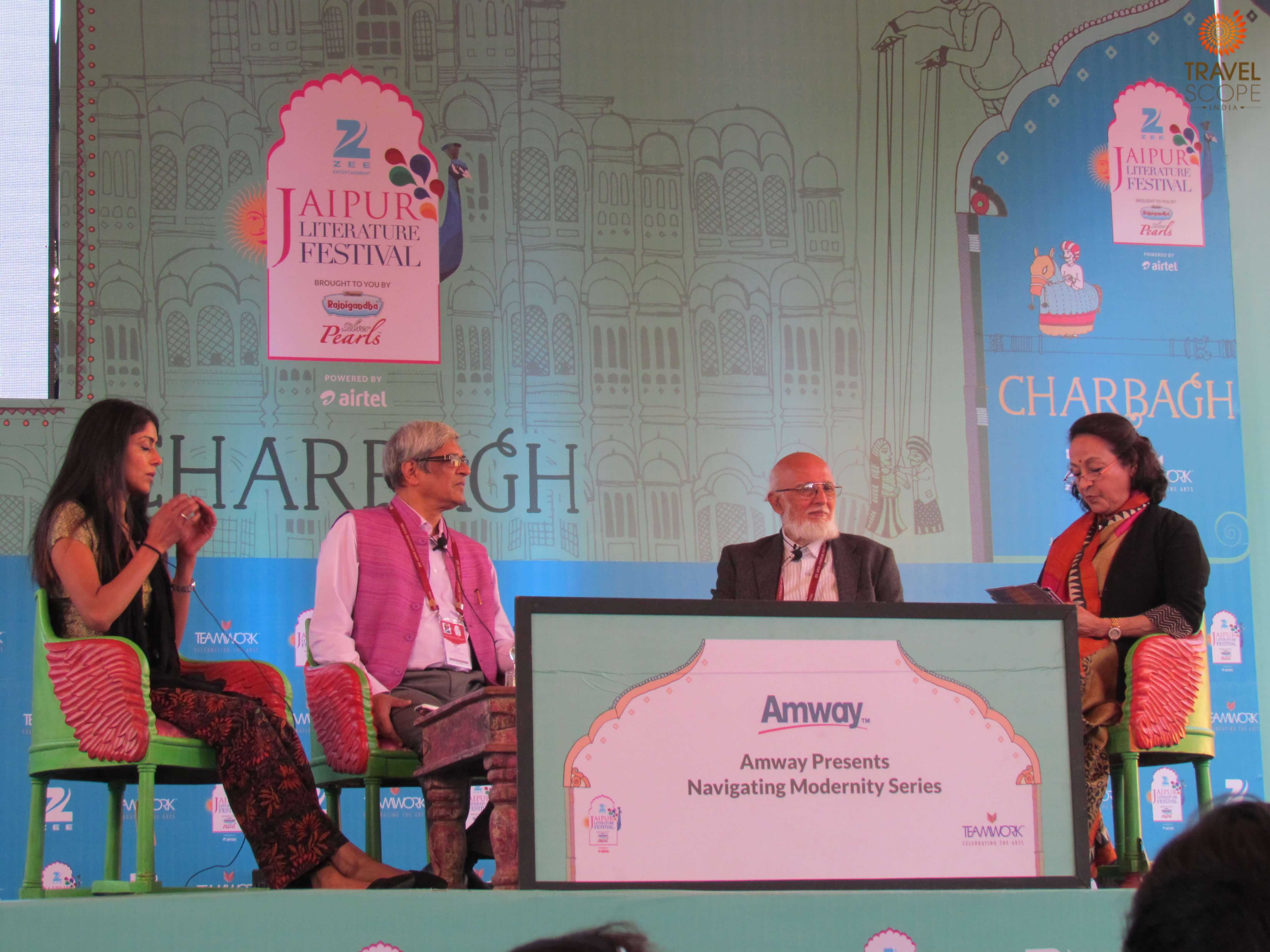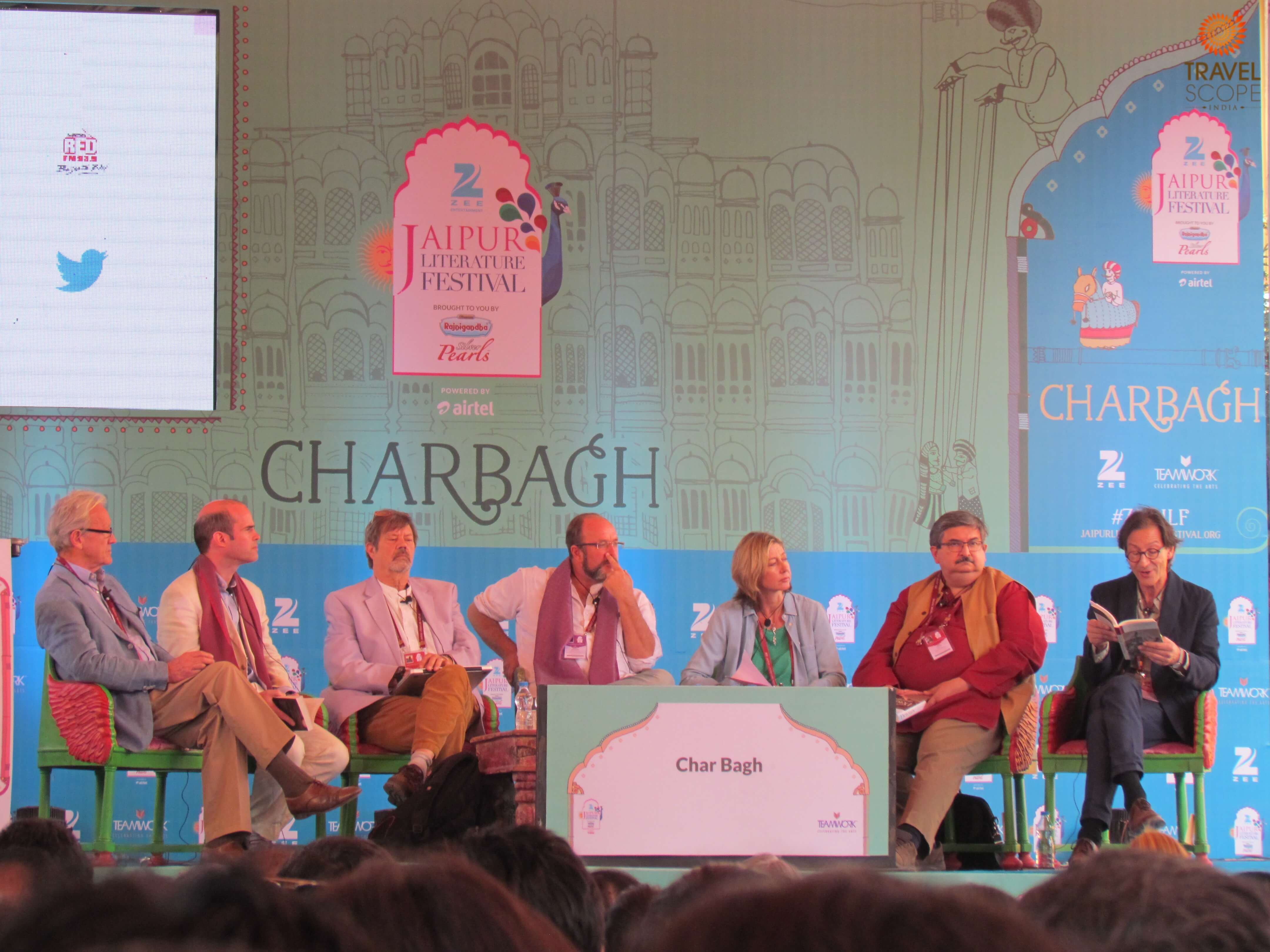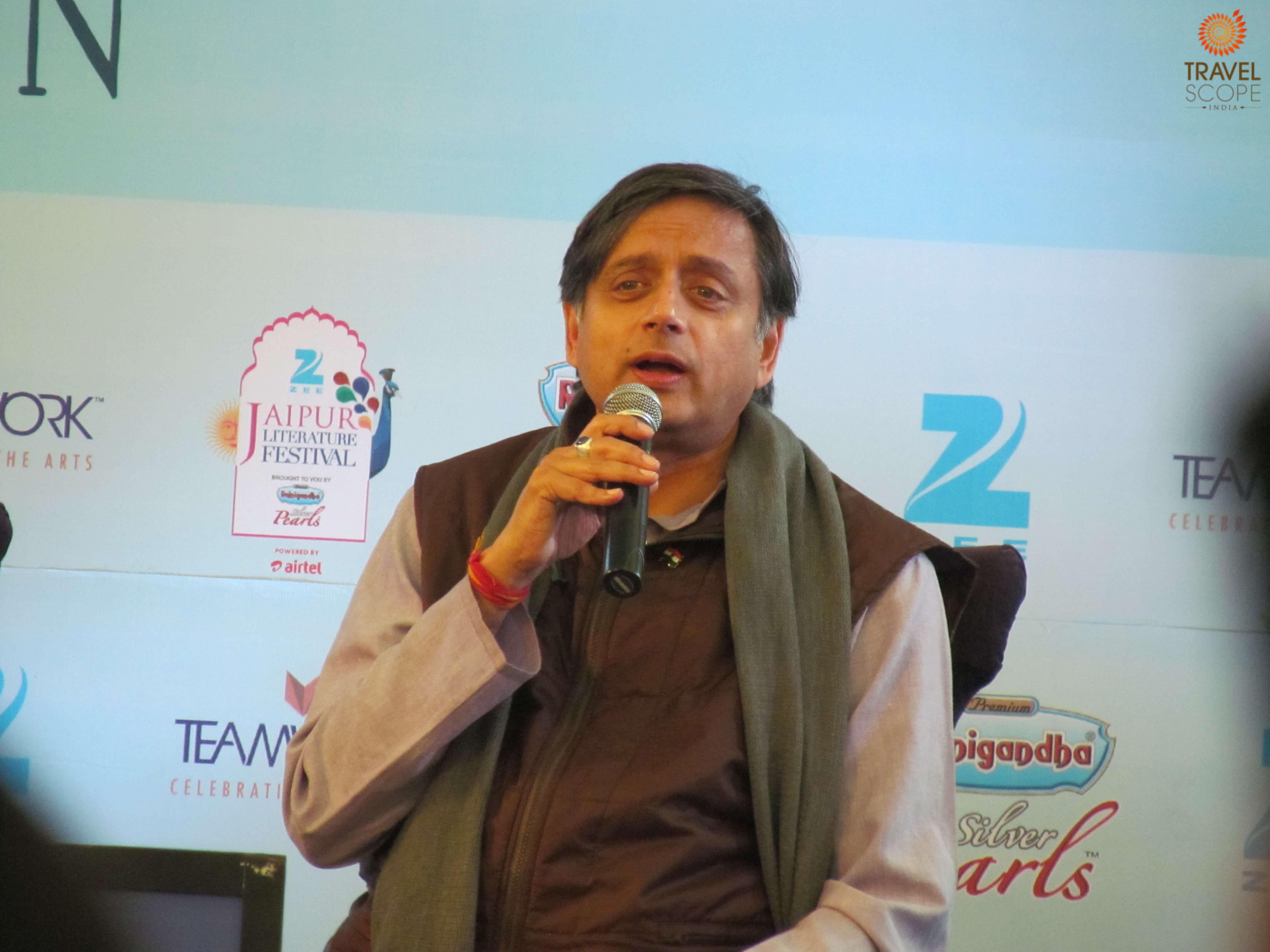
Common ki Pied – dakho ?!!
A travelogue on the Sunderbans by Mohan
Common ki Pied – dakho ?!! asked our boatman Manoj to our Naturalist Samar when he spotted a Kingfisher as we cruised the waterways of Sunderbans. Queried with authority, it surprised me that the boatman should know the bird and the species. What blew my mind was the ability of both Manoj and Samar to spot the smallest of birds from the distance of our boat.
Sunderbans is home to 6 species of Kingfishers or Machranga (as called in Bengali). And I call them the “Super Six of Sunderbans”. We were lucky to spot all 6 but could photograph only 5 including the brown-winged Kingfisher, which is endemic to the Sunderbans.
Our first glimpse of wildlife on the cruise was the Black-Capped Kingfisher. A beautiful bird with a black head, white neck, orange beak, and a beautiful Royal blue body. It looked stunning sitting on the stump of a tree in the background of the brown muddy banks of Sunderbans. It reminded me in some ways of the colours one sees in the barren desert landscape of Rajasthan.

We all know Sunderbans as the World’s largest mangrove forest, certified by Unesco as a Natural Heritage site. It’s one of the most unique landscapes of this world. This is also a habitat for the Royal Bengal Tigers that roam around these forests and swim across its channels, formed by over 400 rivers that criss-cross to form the world’s largest Delta.
As we continued our cruise, we spot two Rhesus macaques walking along the mud slush. This sight is so different when compared with spotting them in the thick and green foliage of a jungle. While we are admiring the strides made by the Macaques through the slush, suddenly our naturalist Samar points us towards a Monitor lizard. It’s hard to spot it at first and takes a while before we trace its form and location. Our cameras immediately swing into action. As we cruise we go past a watchtower, wondering we haven’t seen any DEER, when suddenly our navigator Manoj calls out, DEER! We come across this small herd of three spotted Deers, grazing along the shores.

While cruising back to our lodge, we spot an Osprey sitting on the branch of a tree with the setting sun in the background. We then come across our Kingfisher No.2, the Pied Kingfisher. A totally different colour combination of just black and white stripes and spots.

Our first day in the Sunderbans ended witnessing the setting sun and rising full moon. The first full moon after the 10th day of Durga Puja in Bengal is celebrated as LAKKHI PUJA or Lakshmi Puja, an auspicious day on which the people of Bengal pray to Lakshmi, the goddess of wealth and prosperity. And what we witnessed was a stunning sunset on one side and a rising full moon reflecting bright light on the villages along the riverbanks. It was a spectacular way to end a long day of travel. Back at the camp, we watched the documentary “Swamp Tigers” the first-ever documentary made on the Tigers of Sunderbans shot entirely in Bangladesh side of the swamp forests. A must watch for anyone who is planning a visit to this place.
As with most Indian forests, Sunderbans is also connected with many myths. One such story is of the mythical jungle goddess Bonobibi who continues to be worshipped by both the Hindu and Muslim communities in the Sunderbans. Bonobibi is considered by the locals as their protector and saviour from attacks by predators like the Tiger. The lives and livelihoods of people of Sunderbans are dependent on resources from the forests such as honey, crab and fish. As they set out every day into the forests to tap these resources, they pray to Goddess Bonobibi to protect them, for the narrow creeks and the forests of Sunderbans can be extremely dangerous with the presence of the hungry tigers. Amitav Ghosh’s “HUNGRY TIDE” gives a magical perspective of this region and a must read.
The next couple of days were dedicated to cruising on the rivers and narrow creeks of Sunderbans forests. Our explorations lasted almost 12 hours each day with a 5 AM start ending back at the lodge at 5 PM. Daytime meals were on board. Breakfast consisted of sandwiches, poha (an Indian dish made out of flattened rice), cucumber and tomato sandwiches, bread, jam, butter, cereals, omelette and fruits while lunch consisted of local specialities such as vegetables, lentils, rice, chapatti, salad and a sweet. The crew was kind and efficient and kept a constant supply of tea and biscuits on request.
The early start and long days on a cruise were rewarding as we saw a variety of wildlife. As we would get into a quiet phase on the cruise, some extraordinary sighting would wake us up. Like a swimming estuarine crocodile or a bird of prey or the pug marks of a Tiger that just swam across a creek and disappeared into the jungle.
The best time to see wildlife here is at low tide when the water levels start receding and one starts observing animal movement along the shore. There are some places which are good for birding during high-tide as birds perch themselves higher up on trees.
As our explorations continued, our Naturalist Samar despite poor mobile connectivity got a call on his cell phone from another naturalist. Two Tigers had been spotted on the edge of a creek, ready to swim across. But looking at a boat passing by, they decided to stay away and walked back into the Jungle. Unlike other forests where alarm calls from animals such as Deer, langurs and macaques signal the presence of a predator, in Sunderbans, it’s very hard to figure out a Tiger’s presence as the prey base is low. There are practically no alarm calls unless a deer or a monkey is present in the same spot as a Tiger, which is not so common. Therefore reports like this are very critical for naturalists. If they get an indication of a sighting, they tend to spend more time in these areas to wait and WATCH. After waiting for some time, we decided to move on much to the disappointment of our Naturalist Samar.
Midway through our cruise at the Netidhopani watchtower, we met up with another guest from our lodge who was lucky to have spotted these two tigers. Sunderbans is the 3rd most difficult place to spot a Tiger after Siberia and Sumatra. Back at the lodge, the information board read “Last Tiger Spotted by a guest 6.10.2017”.
We kept moving and were rewarded with sighting 3 more species of Kingfisher. The last one was the Brown Winged Kingfisher which is endemic to Sunderbans. That also brought the end of a long but satisfying day of cruising and wildlife sightings.

The second day of our visit in Sunderbans was affected by heavy rains for most parts of the day. But that did not deter us from going out on the cruise. We ventured out fully equipped with food and water. Our time was well spent with interesting discussions and storytelling sessions by our friend and special guest Jaideep Gupta, who has been a travel companion of many years.
Originally from Bengal and settled in Delhi, Jaideep is an avid traveller who is well read and well informed. He kept pouring out stories of local folklore and legend. His references to the comic characters of Tuttu-Buttu and their adventures into the jungles and encounter with Machranga the Kingfisher made it a very interesting experience. Folklore and legend always add an interesting dimension to any place. One such tale connected to Sunderbans forests that Jaideep recounted is the Story of Behula who brought back her husband Lakhinder from the jaws of death after praying to the snake Goddess Manasa.
As we entered another phase of quietude on the cruise, we heard the naturalist call out Dakho, ‘Dolphins’. It was the perfect place and moment to see the Irrawaddy Dolphins. Our crew kept calling out to us, as the dolphins popped in and out of the water. This game went on for good half hour to 45 minutes with our heads turning left and right, as we attempted to capture those wonderful scenes on our Cameras.
We saw a few more birds of prey, a pair of Brahmini kites, more deer. A monitor lizard which didn’t feel like being photographed moved swiftly back into the forest as we tried to get closer for a shot. The last sighting of the day was another swimming estuarine crocodile, which gave me ample opportunity to capture an amazing video.
Despite rains playing spoilsport, we had another great day exploring the waterways. A fascinating part of the experience is interaction with the locals. Talking to them, helped us understand their challenging lives in these harsh conditions. We spoke to a family, who had just finished collecting crabs on a narrow creek. The one thing they all fear is “the Tiger”, yet they venture into these treacherous terrains and risk their lives.
Our day ended at the lodge watching a play on the legend of Bonobibi enacted by the hotel staff and artists from the neighbouring village.
As we prepared to leave the next morning, a Baul singer brought calm against the sounds of the lashing rain with his soulful singing.
Sunderbans is a once-in-a-lifetime experience for all nature lovers. The highlight of a visit to Sunderbans is its habitat, the wildlife sightings. Interaction with locals, learning about their lives and livelihoods, about the conflicts between man and animal, folklore and legend, social issues and community development brings insight and answers a lot of intriguing questions for the inquisitive traveller.
Accommodation options in Sunderbans are limited to three-star levels. Food served is mostly Indian. Staff, at the hotel, is mostly local from the villages around the property. Communication skills and service levels do not conform to destinations that experience a large inflow of travellers. I strongly recommend that every trip is led by an English speaking escort from Kolkata or Delhi to carefully monitor every detail and manage the expectations of a guest.
In conclusion, I would add that Sunderbans does tick off everything that we are committed to offering under W.A.T.C.H.
Mohan
